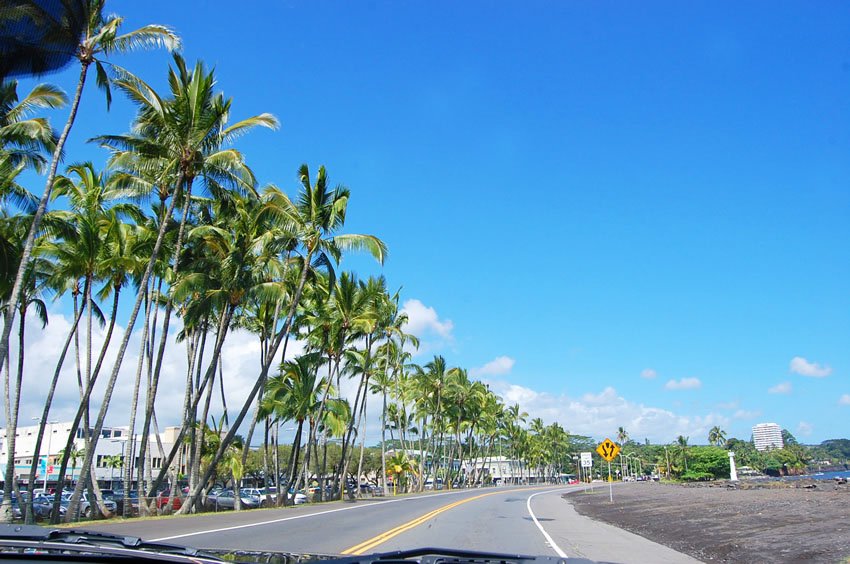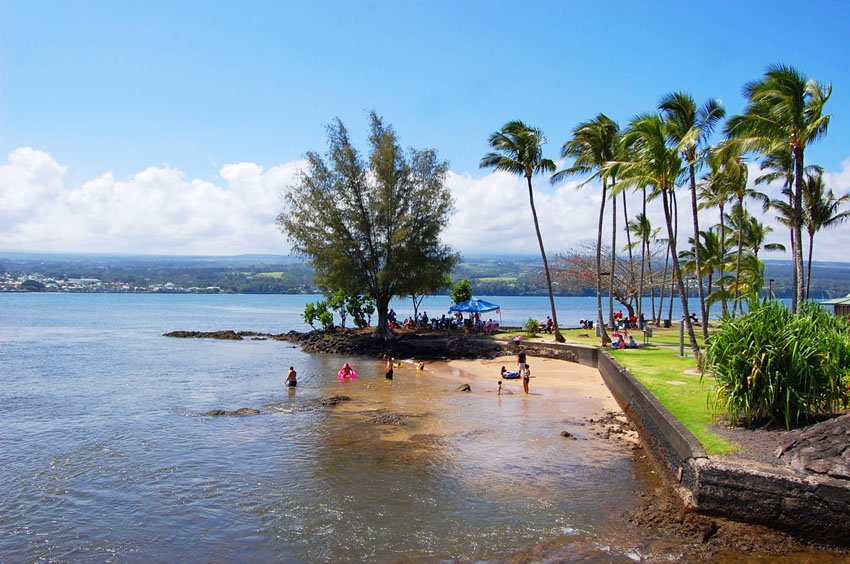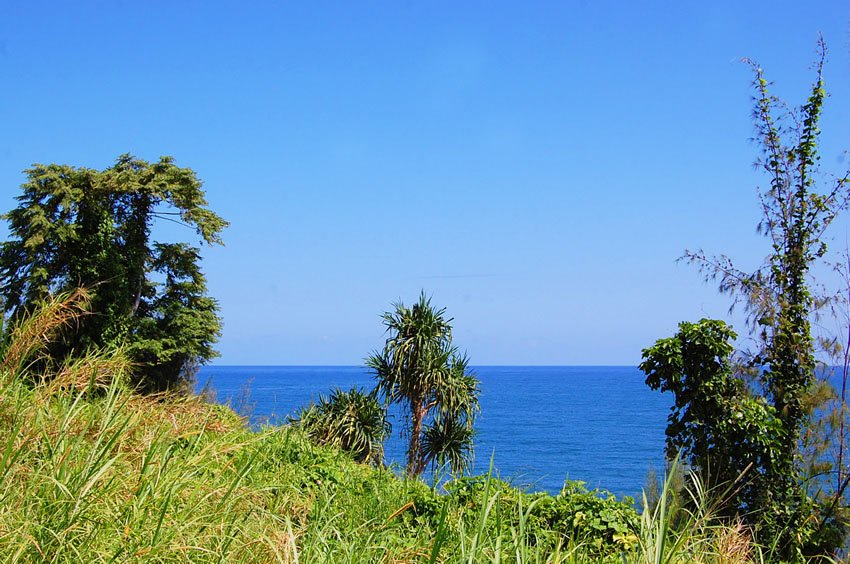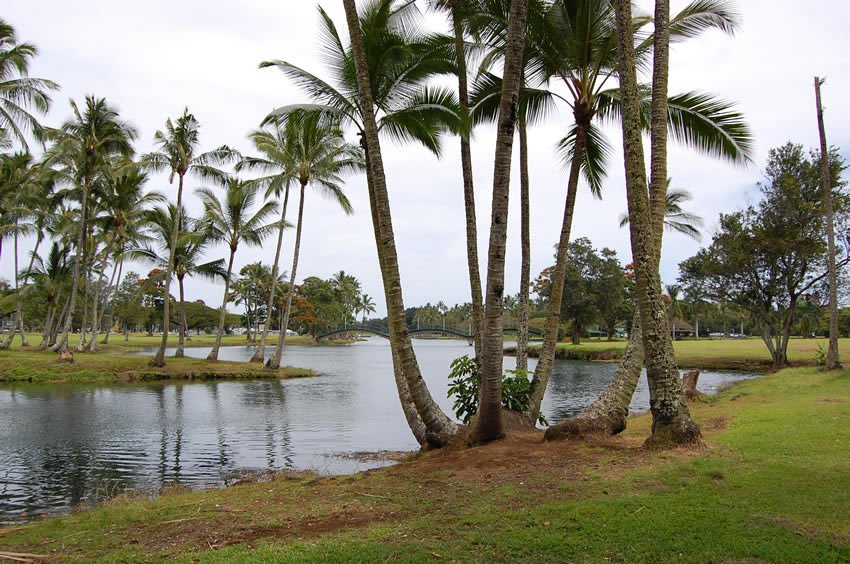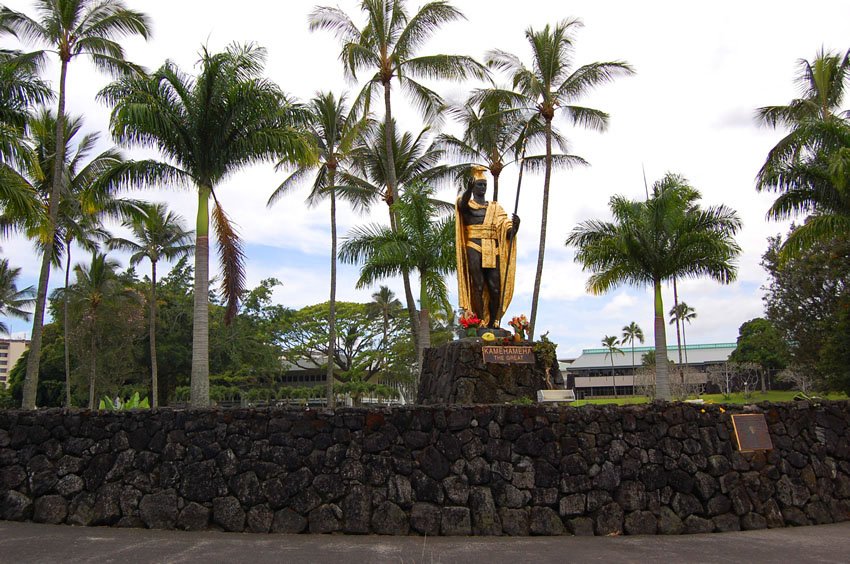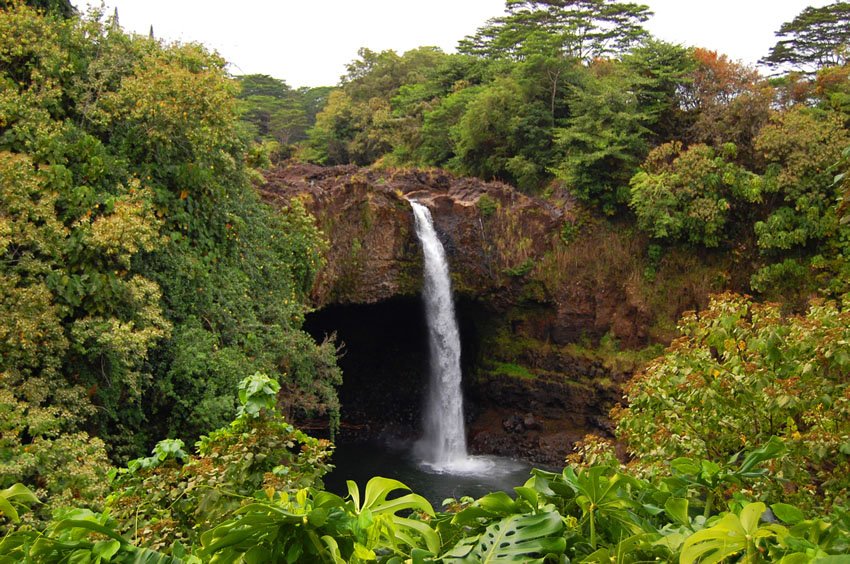Hilo
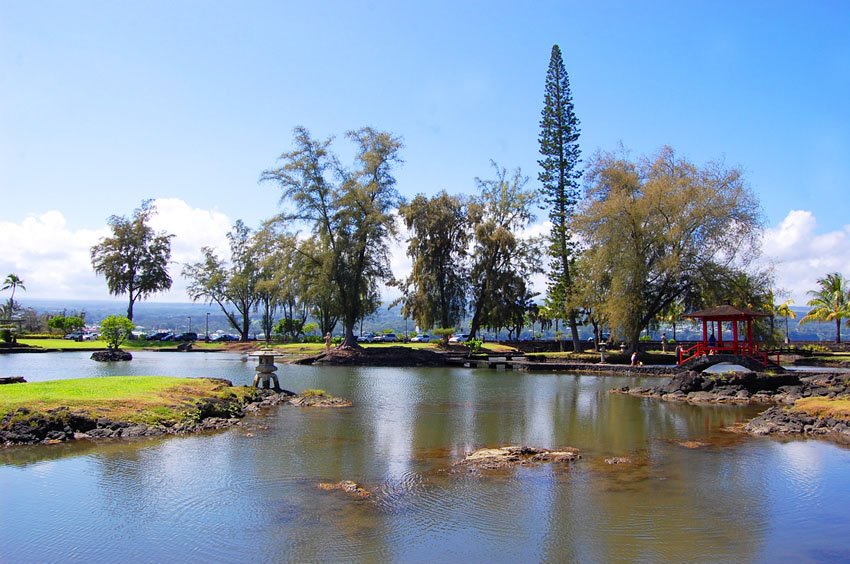
Hilo is the largest city on the Big Island's windward (east) coast and one of the rainiest cities in the U.S., creating a lush tropical environment rich in waterfalls, gardens, and vibrant flora. Once a bustling port and sugar hub, Hilo today blends natural beauty with cultural depth. It's home to the Merrie Monarch Festival, historic downtown shops, the University of Hawai'i at Hilo, and proximity to spectacular sites like Rainbow Falls and Volcanoes National Park.
Hilo, Big Island
Situated on the rainy windward side of the Big Island, Hilo is the wettest city in the United States with an average rainfall of 128 inches (325 cm) annually. The University of Hawaii and Hilo International Airport serve the education and transportation needs of the community. The city is the largest on this side of the Big Island, as well as the most tropical in Hawaii. Because of the abundance of rain, everything flourishes and exotic flowers and lush greenery are a normal part of the landscape.
Polynesians who lived along the shores of Hilo Bay first inhabited the area in 1100 A.C. As farmers and fishermen, they traded goods along the Wailuku River. In 1700, under King Kamehameha's rule, Hilo became the center of political activity and social growth. In the early 19th century, missionaries brought not only Christianity, but also Western education which further changed the lifestyle of the native Hawaiians, and Hilo grew into a commercial center.
The booming sugar industry led to the construction of wharfs, a breakwater and a railroad that connected Hilo to other parts of the island. On April 1, 1946, a tsunami hit the island and killed 96 people in Hilo alone (and 159 people in total). It also destroyed much of Hilo’s waterfront, as well as train trestles and bridges. Hilo then rebuilt its waterfront, but in 1960, another tsunami hit, killing 61 people and again destroyed most coastal buildings. After that, no one wanted to live near the ocean anymore, so today, Hilo's bayfront is mainly shops, parks and open space.
Key Features of Hilo
- Largest city on the east side of the Big Island: Hub for commerce, education, and transportation
- Extremely lush landscape: Receives an average of 128 inches of rain annually, resulting in rich greenery and tropical gardens
- Cultural epicenter: Home to the Merrie Monarch Festival and several museums and historic landmarks
- Tsunami history: Reshaped by the devastating tsunamis of 1946 and 1960, leading to today's open waterfront layout
- Nearby attractions: Rainbow Falls, Boiling Pots, Wailoa River State Park, Liliuokalani Gardens, and Coconut Island
- Population: 44,186 (2020 Census)
- Zip code: 96720



Frequently Asked Questions
Is it true that Hilo is the rainiest city in the U.S.?
Yes, Hilo averages 128 inches of rainfall annually, making it the rainiest city in the United States. This abundant rain contributes to its lush tropical vegetation and waterfalls.
What is the Merrie Monarch Festival?
The Merrie Monarch Festival is an internationally acclaimed hula competition held each spring in Hilo, celebrating Hawaiian culture, music, and dance.
What are some top attractions in Hilo?
Popular attractions include Rainbow Falls, Boiling Pots, Liliuokalani Gardens, Coconut Island, Wailoa River State Park, and the Hilo Farmers Market.
Is Hilo a good base for exploring the Big Island?
Yes, Hilo is a great starting point for visiting Hawaii Volcanoes National Park, the Hamakua Coast, and the east island waterfalls and gardens.
Are there botanical gardens in Hilo?
Yes, Hilo is home to lush tropical gardens such as the Hawaii Tropical Bioreserve & Garden and Liliuokalani Gardens, both showcasing native and exotic plant life.
















